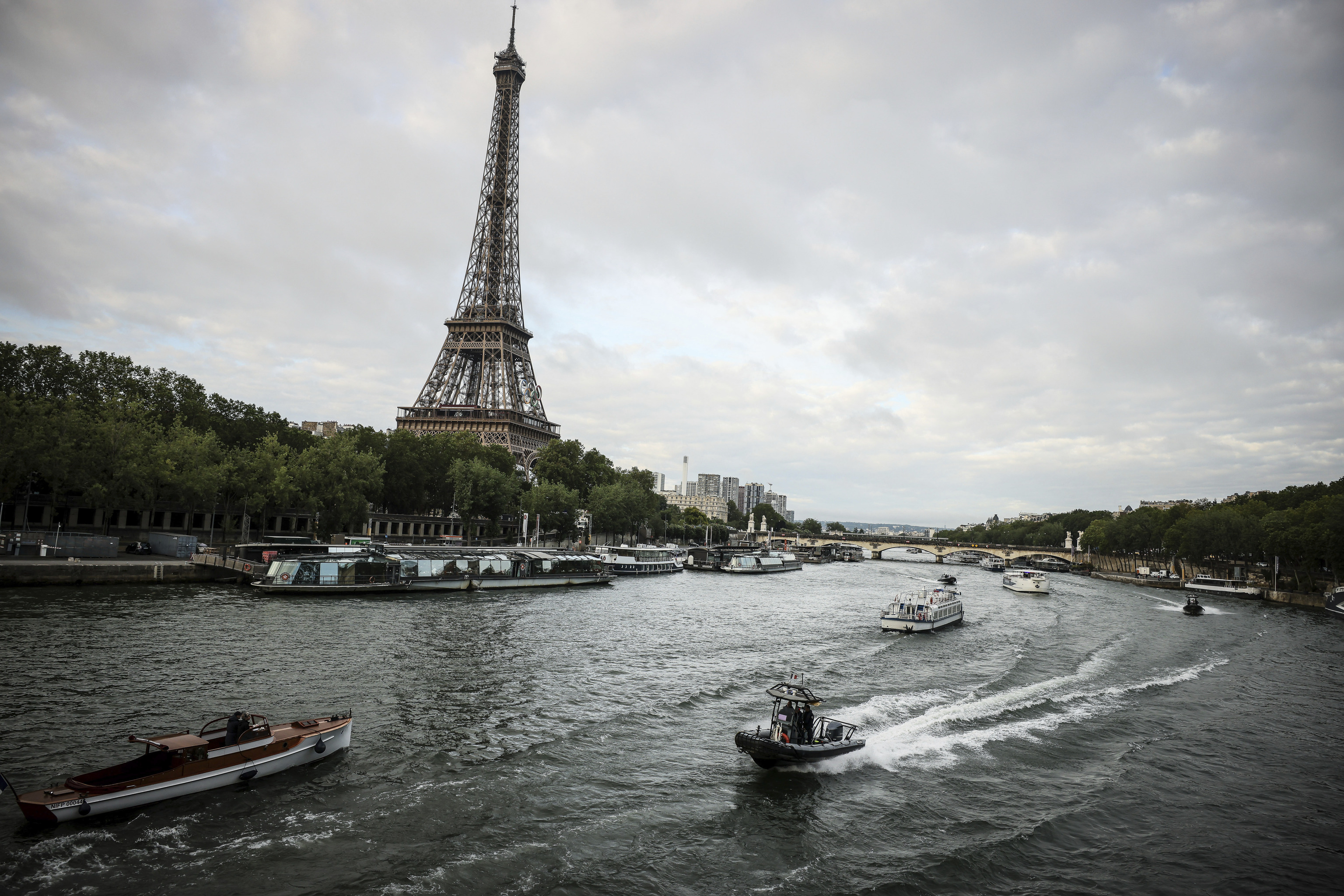Dancers who'll jazz up the July 26 show under the artistic direction of prize-winning French theater director Thomas Jolly are putting finishing touches on a high-octane performance that will combine urban, contemporary, classic, and break dancing, complete with stomps, shouts, and body rolls.
The Associated Press got a behind-the-scenes look of one of their rehearsals, providing an advance peek into preparations for the opening show that is largely shrouded in secrecy. Dance director Maud Le Pladec instructed around 50 dancers on their twists and turns at a warehouse in the northern Parisian suburb of Saint-Denis. She spoke with pride of the rich cultural mix of her melting-pot troupe, declaring: "It represents the part of France I love."
"We're in France but we're talking to the whole world," she said, "which means we have different identities, bodies, ages."
The grandiose open-air ceremony will be held during sunset and is expected to last nearly four hours, transforming the heart of Paris and its iconic landmarks into a giant stage for Jolly's artistic talents but also requiring a massive security effort.
"An opening ceremony has never been held outside of a stadium. There is no model, it's absolute creation," Jolly said in an interview published Tuesday by Le Parisien newspaper.
Detailing how he's had to revisit some of his ideas to fit the urban environment, Jolly said he'd imagined having a giant ballet with 200 dancers on one of the bridges that span the Seine but, after a study was done, "we were told that everyone doing the same step at the same time would endanger the bridge's solidity."
He also said: "I wanted to build an upside-down Eiffel Tower. I thought it would be pretty for lighting the Olympic flame. But it wasn't doable."
The initial overall concept for the ceremony has had to be adapted "so that the dream and the reality meet," he added.
For security services, the unprecedented decision to parade thousands of Olympians on boats along a 6-kilometer (3.7-mile) stretch of the Seine, from Pont d'Austerlitz to Pont d'Iéna, in front of a 320,000-strong crowd is a huge challenge. About 45,000 security force members will be deployed and the airspace and all airports within a 150-kilometer (90-mile) radius around Paris will be closed for the extravaganza.
Tickets will be free for about 220,000 invited and security-screened spectators watching from upper tiers of the river's banks. About 100,000 paying spectators, including lavish hospitality packages, will watch from the lower riverside and around the Trocadéro plaza — where the parade will end looking across to the Eiffel Tower.
Organizers hope the show will leave an indelible imprint on the massive global television audience and demonstrate French can-do and say it will aim to showcase France's heritage, history and creativity.
"It was, of course, a very audacious decision not to go into a stadium but into the city. It will mark the history of our country for quite a long time," said Tony Estanguet, head of the Paris Games organizing committee, who attended the dance rehearsal.
Organizers say a total of 3,000 dancers will feature in the opening and closing ceremonies for the July 26-Aug. 11 Olympics and the Paralympics that follow from Aug. 28 to Sept. 8.
Dancer Sharlyne Say, 22, described the prospect of performing on a global stage as a "dream come true."
"It will be crazy," she added, "because I'm not used to dancing outside."
